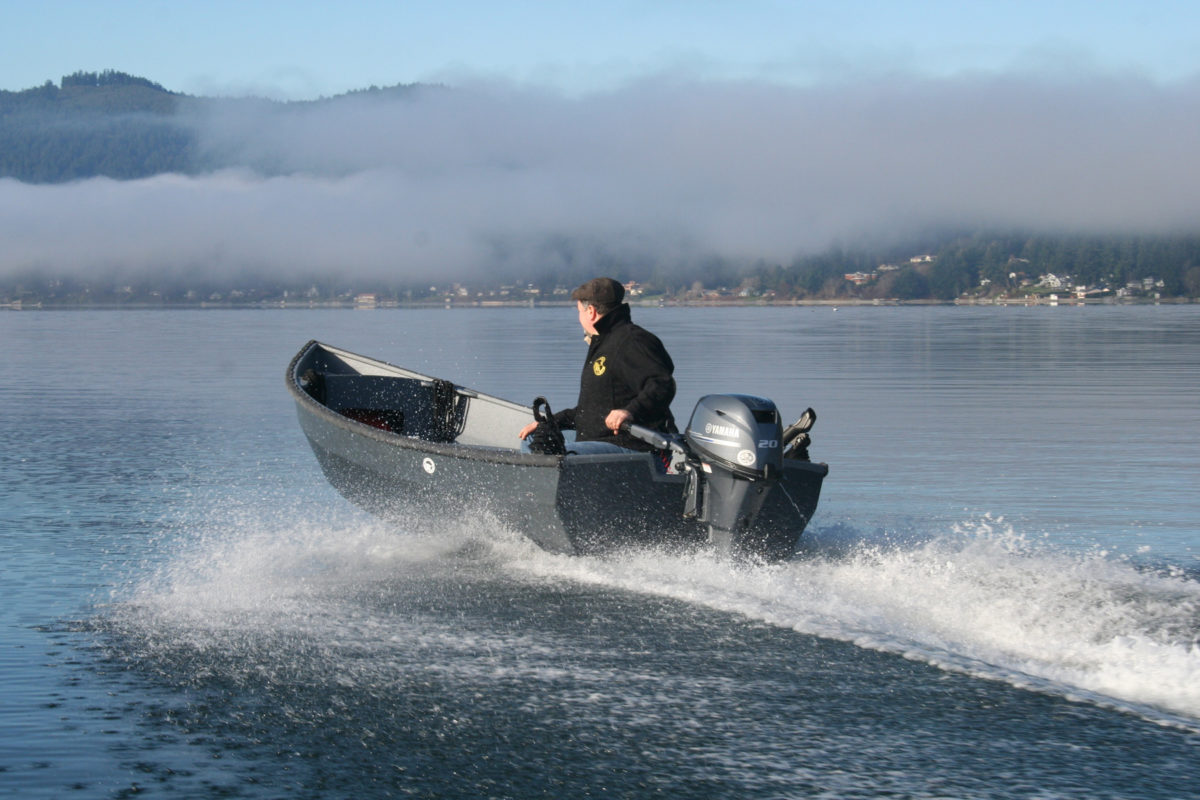
Small Boats Annual 2016April 2015
The Candlefish 13
Three Men in a Boat (to say Nothing of the Moose)
Sponsored By Chesapeake Light Craft

Small Boats Annual 2016April 2015
Three Men in a Boat (to say Nothing of the Moose)
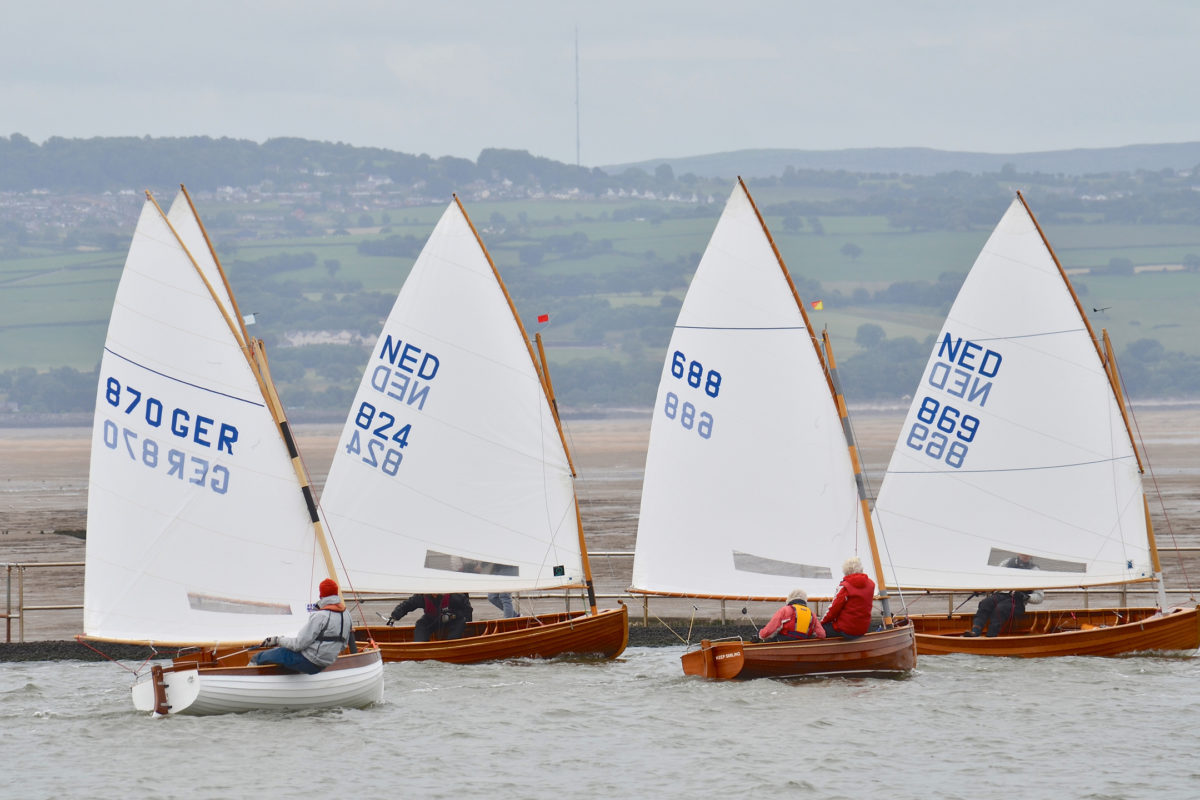
Small Boats Annual 2016March 2015
100 Years as a Class
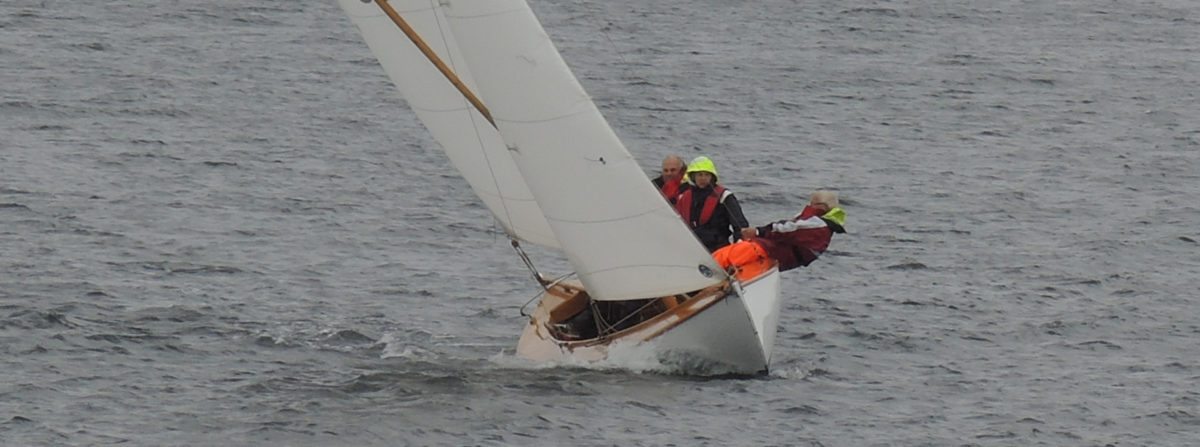
Small Boats Annual 2016March 2015
A racing workboat from Norway
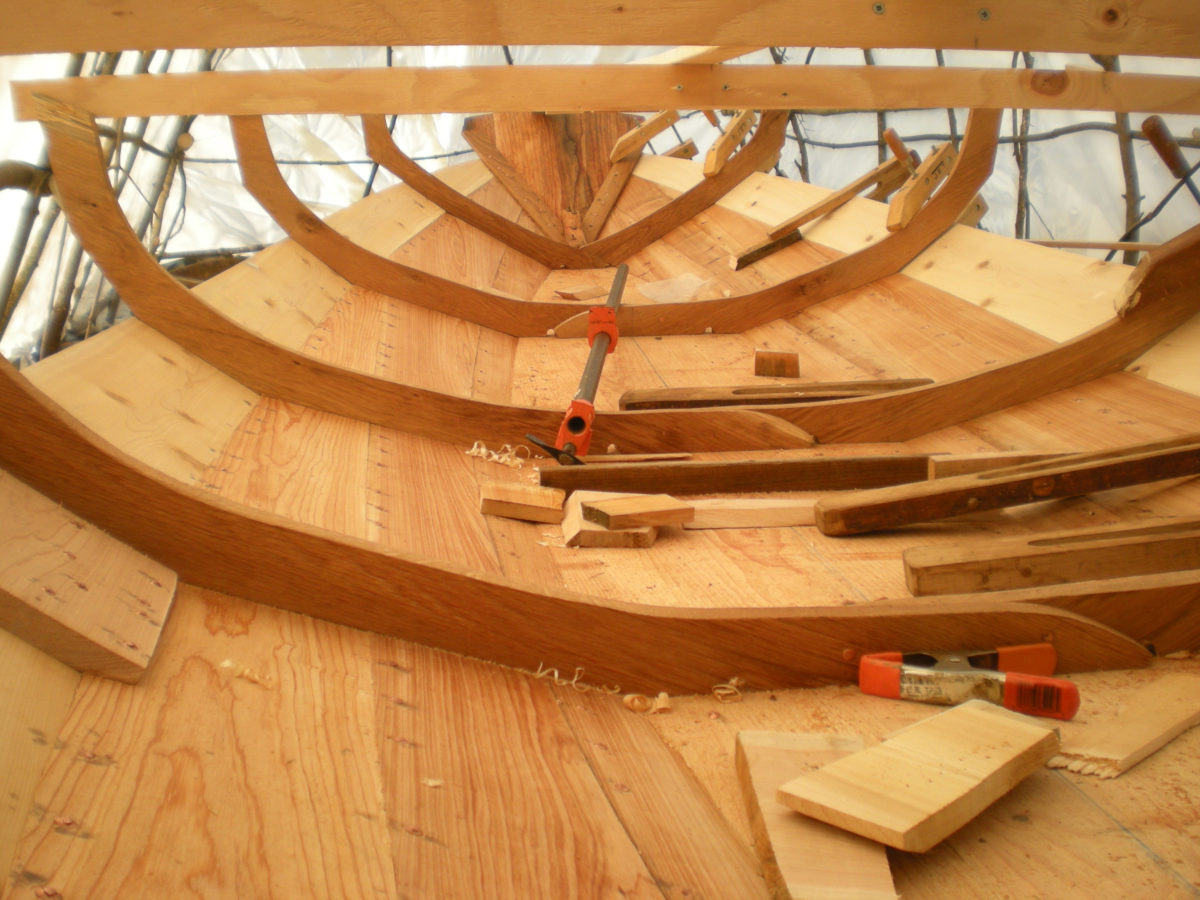
Small Boats Annual 2016February 2015
Sailing again after a century in hiding
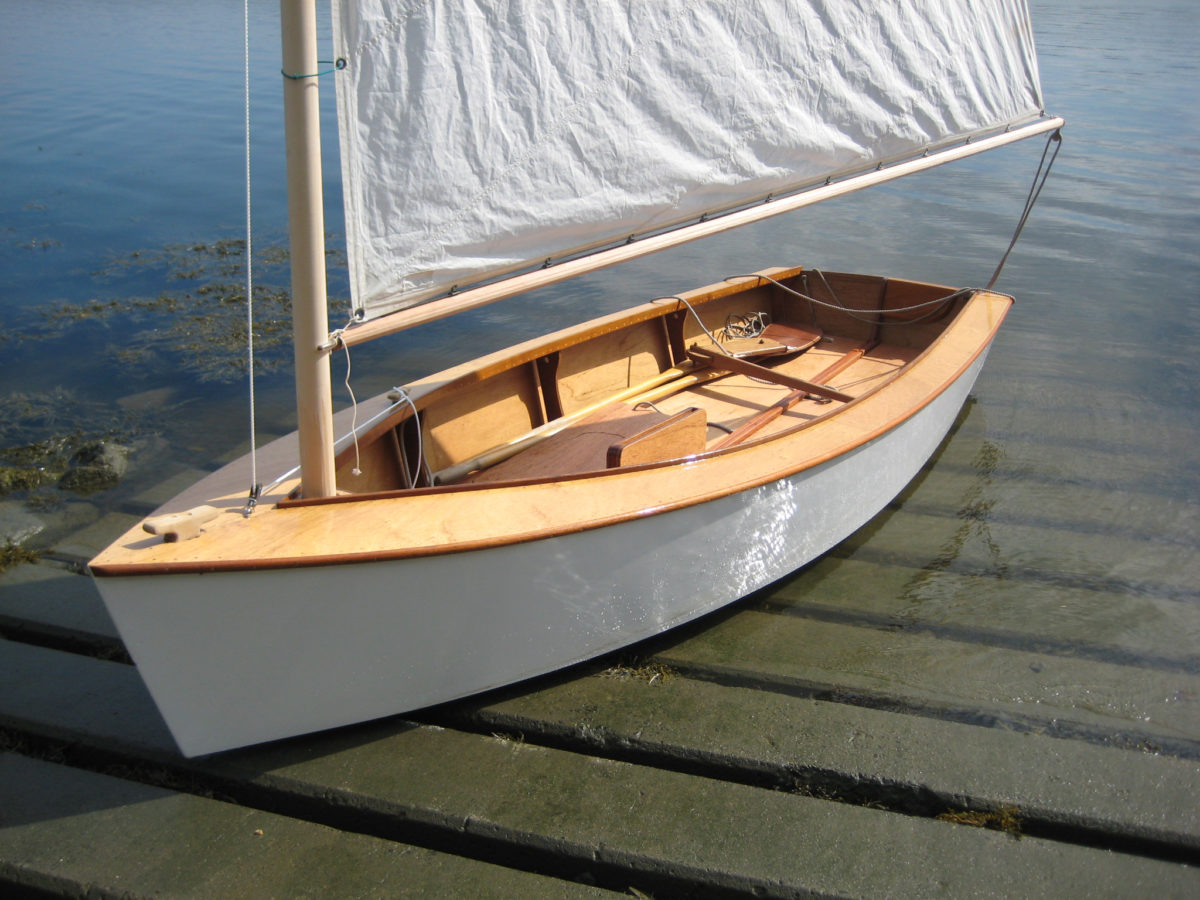
Small Boats Annual 2016February 2015
A Cat-Rigged Sharpie
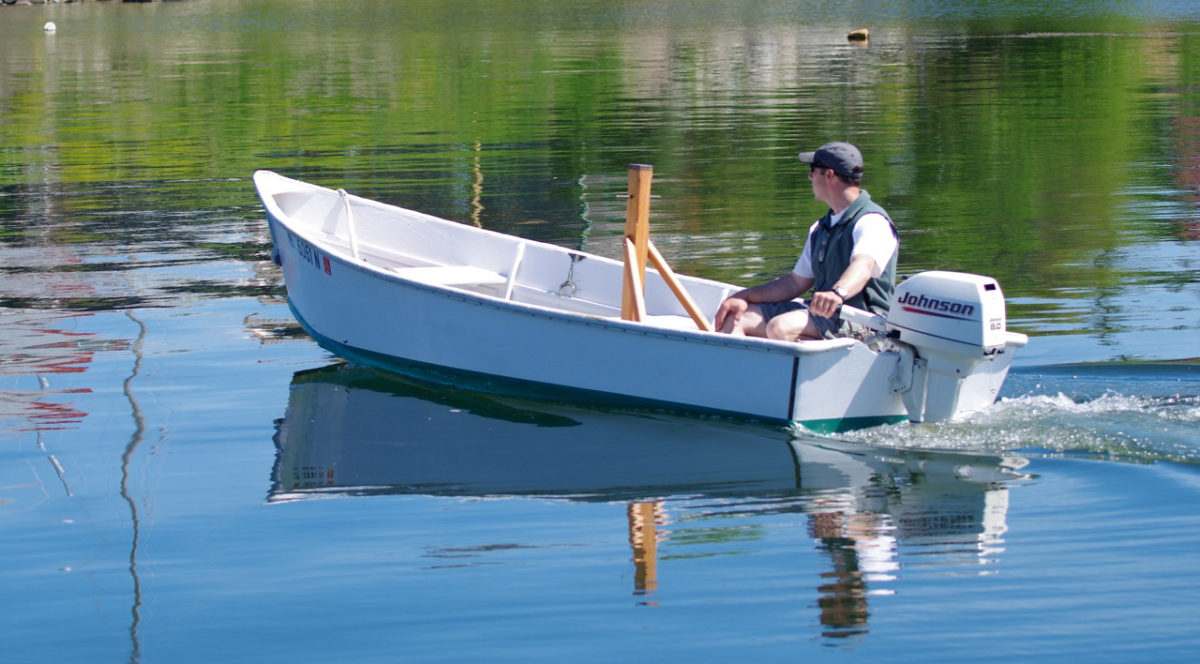
Small Boats Annual 2016January 2015
The enduring legacy of Willis Rossiter
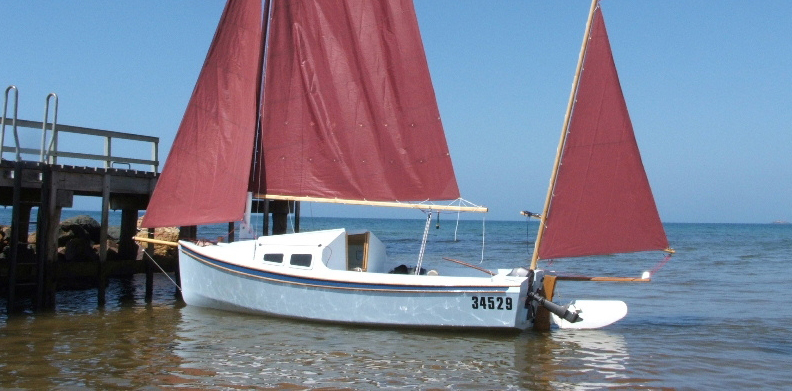
January 2015
A Lightweight Cruiser/Racer
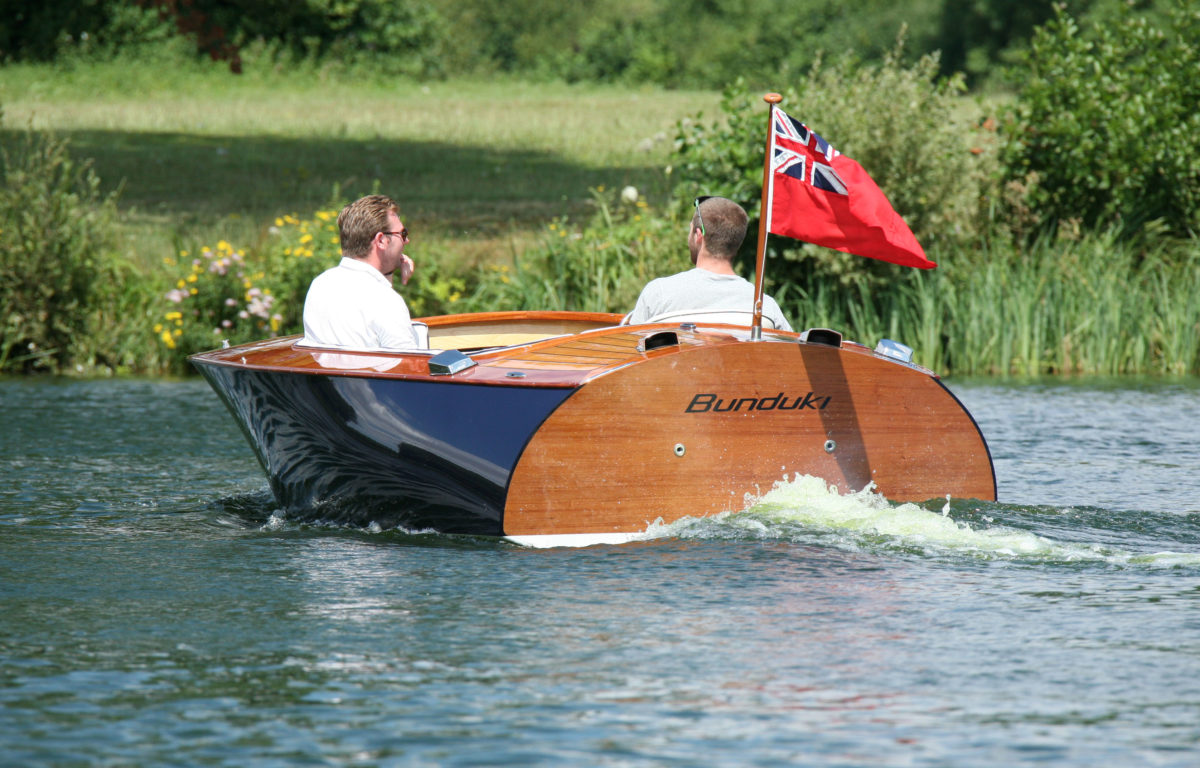
Small Boats Annual 2015December 2014
In the spirit of a classic Donzi
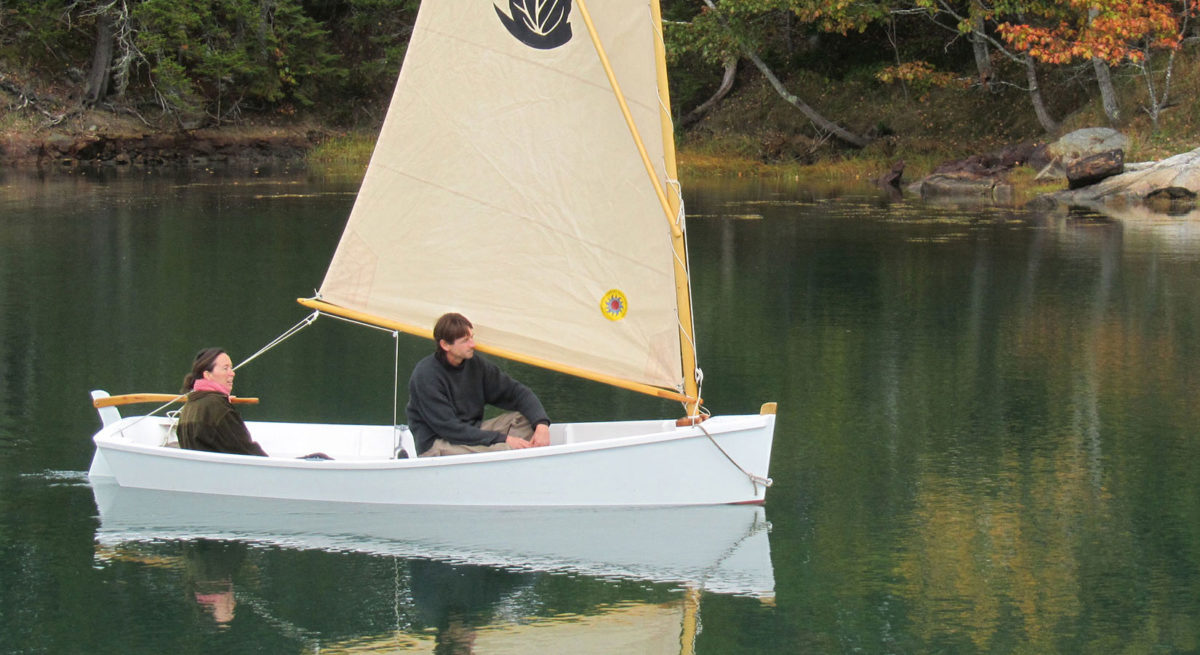
Small Boats Annual 2015December 2014
A study in simplicity
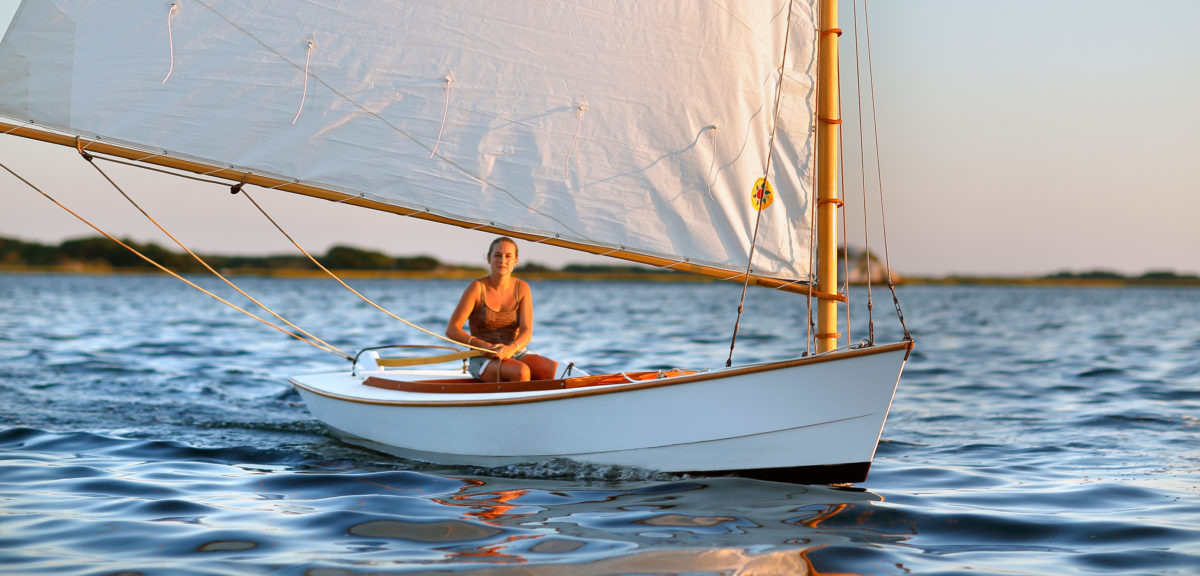
Small Boats Annual 2015November 2014
A 21st-century makeover for an early-20th-century design
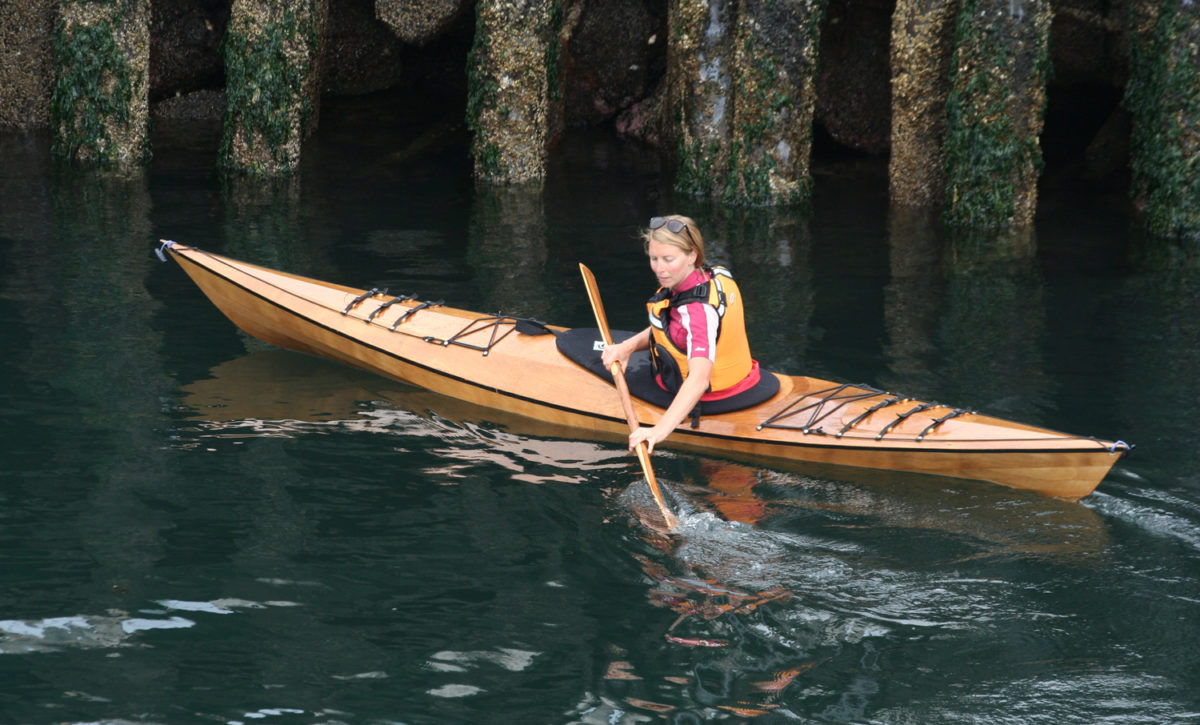
Small Boats Annual 2015November 2014
Two comfortable sea kayaks
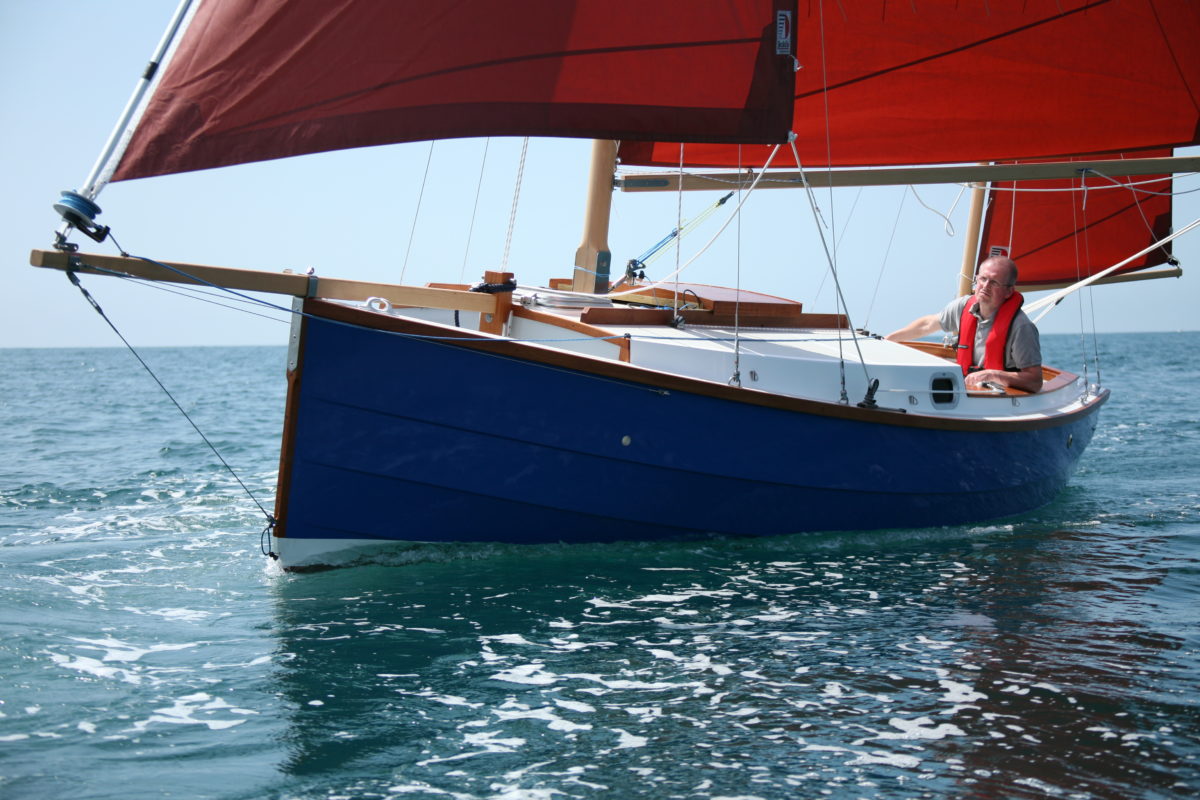
Small Boats Annual 2015October 2014
A daydream turned real
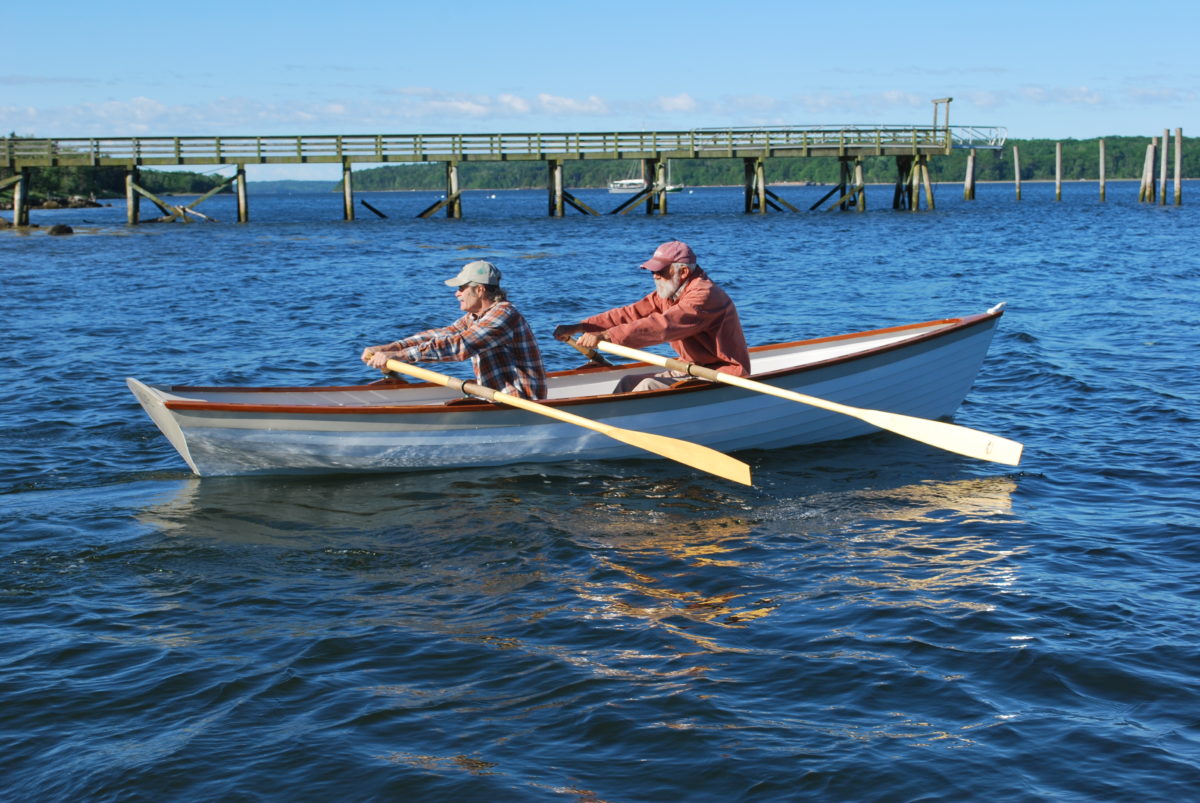
Small Boats Annual 2015October 2014
A nicely mannered rowboat
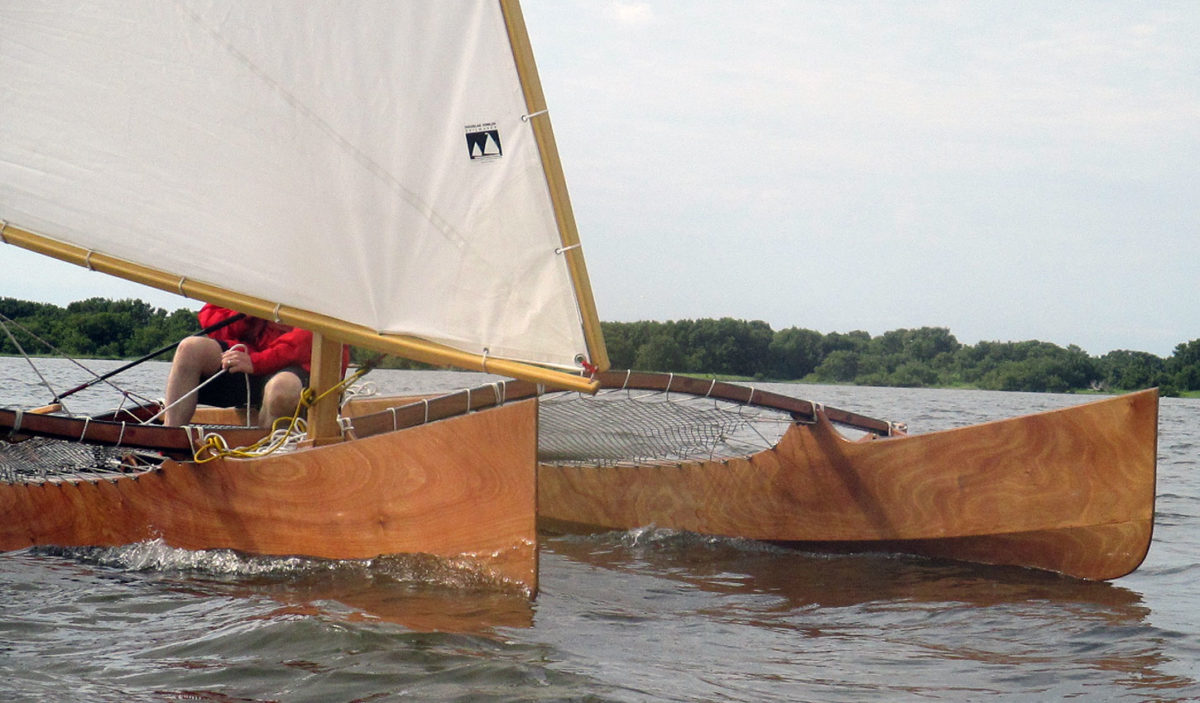
Small Boats Annual 2015September 2014
A modern form of an old idea
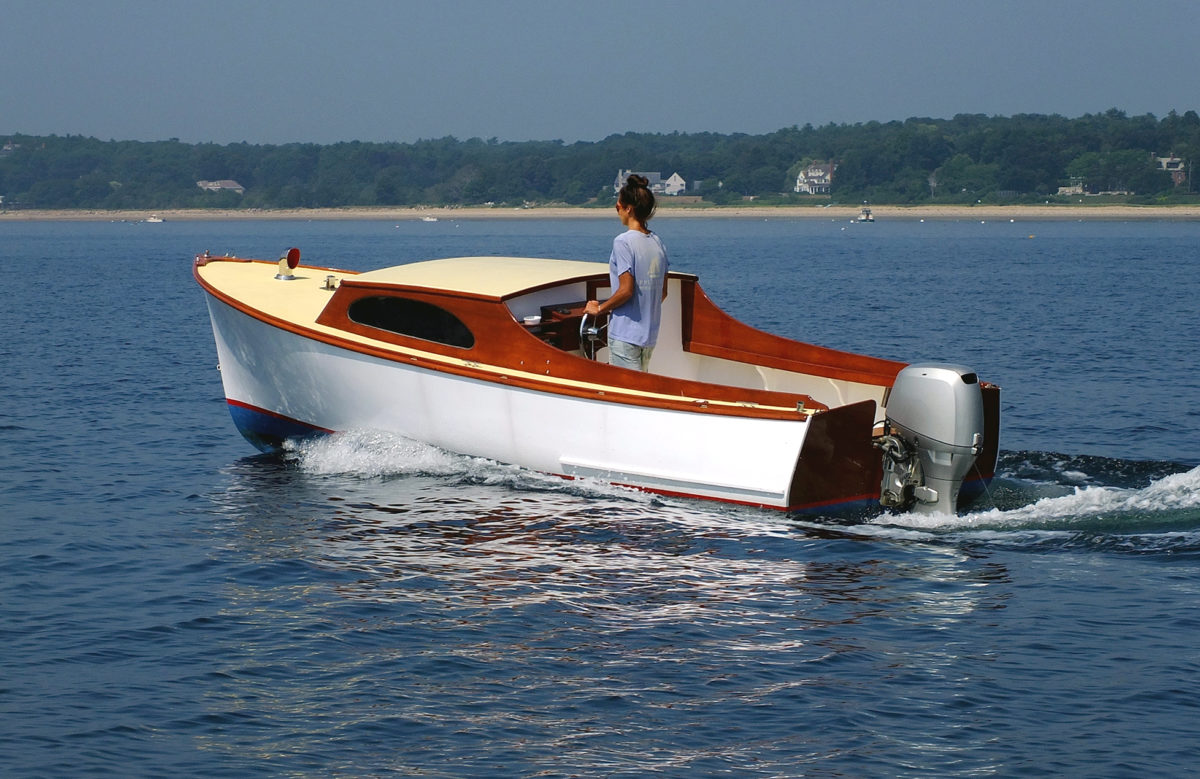
Small Boats Annual 2015September 2014
A 1950s design still relevant today
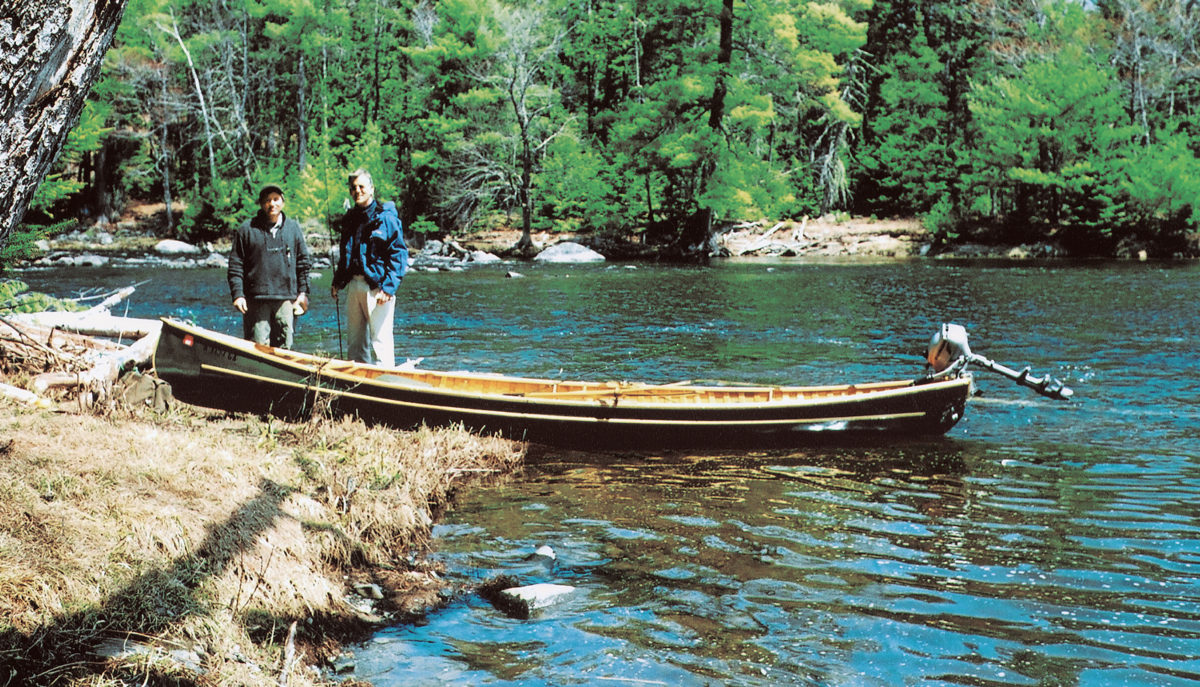
Small Boats Annual 2008
A Y-sterned canoe
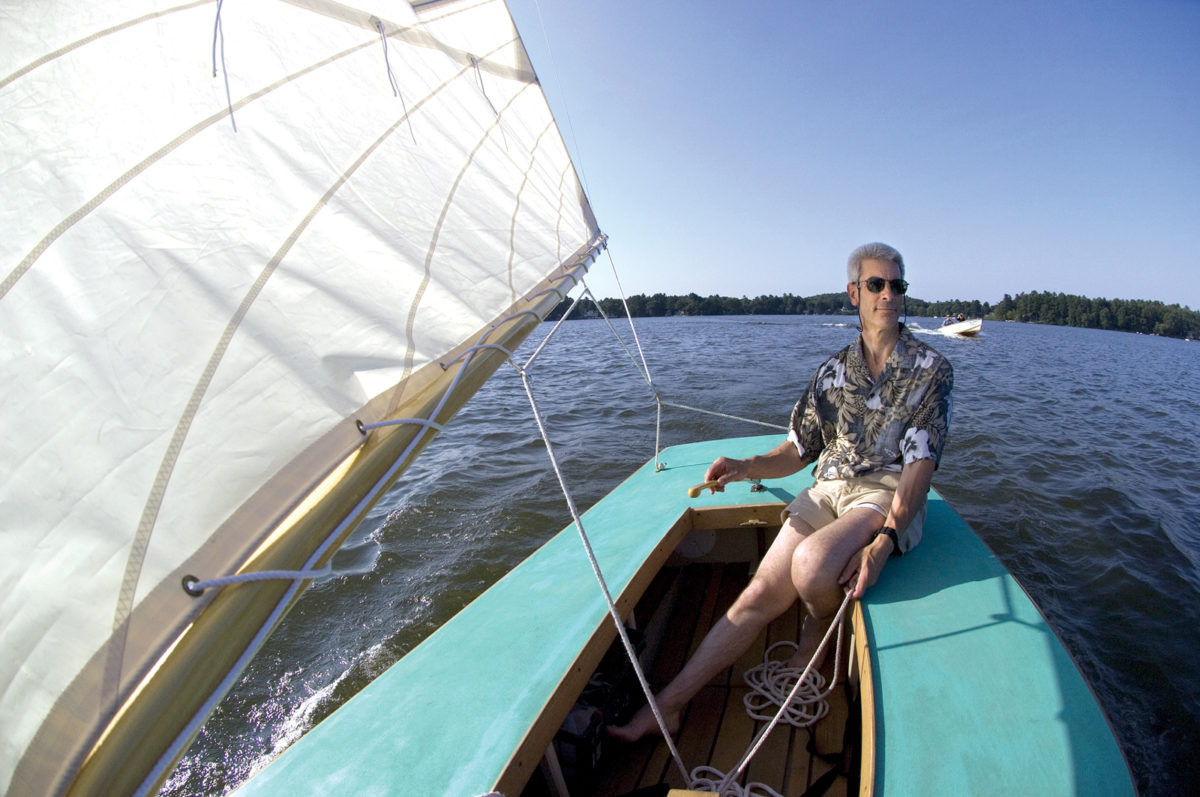
Small Boats Annual 2008
A classically inspired one-design